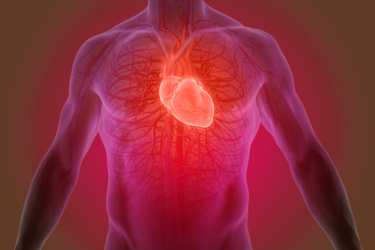LAMP2 Gene Therapy Trials For Rare Danon Disease

Danon Disease is a rare, life-threatening condition in which the body’s protein removal and recycling processes no longer work properly. The result is dysfunction of the heart, skeletal muscle, nervous system, eyes, and liver. The disease is more common in males and is thought to be inherited. Symptoms begin in early childhood or adolescence, and most patients will not survive through their thirties unless they receive a heart transplant.
Eric Adler, a cardiologist and director of cardiac transplant and mechanical circulatory support at University of California San Diego School of Medicine, points out the problem with relying on that treatment: “Heart transplant is not always available for patients and does not treat the other organs affected in Danon disease.” He also believes that Danon Disease is both far more common than we think and often misdiagnosed.
That’s why Adler and his research team at UCSD have been working to find therapies that address the underlying cause of Danon Disease. The lab began by using patients’ skin cells to create stem cells, which were used to develop a heart model. The model enabled the team to study Danon Disease at a cellular level, yielding new insight into the pathology of the disease.
Get unlimited access to:
Enter your credentials below to log in. Not yet a member of Clinical Leader? Subscribe today.
